Is Guyana’s Oil a Blessing or a Curse?
More than any single country, Guyana demonstrates the struggle between the consequences of climate change and the lure of the oil economy.
By Gaiutra Bahadur and
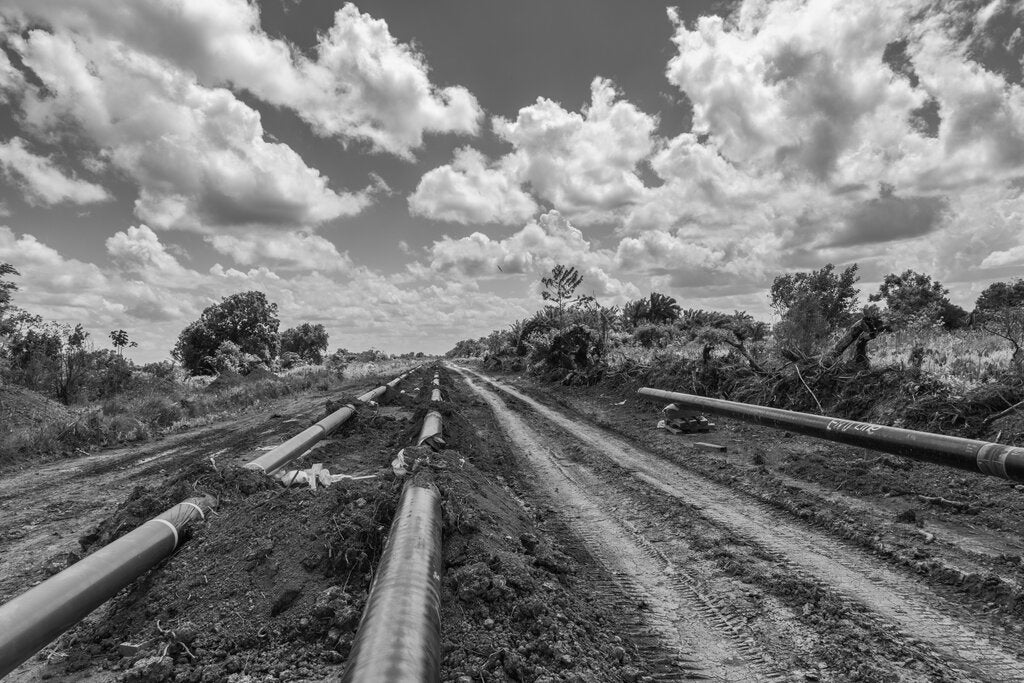
More than any single country, Guyana demonstrates the struggle between the consequences of climate change and the lure of the oil economy.
By Gaiutra Bahadur and

As forests succumb to ever-fiercer wildfires, the federal government and some adventurous private companies are trying to resuscitate an industry.
By
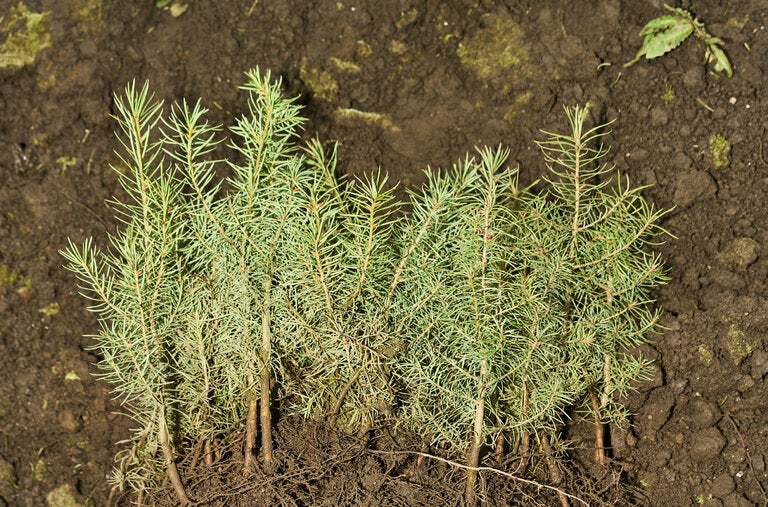
The world is suddenly focused on a huge natural carbon store in the Congo Basin. Its guardians are asking what they're owed for keeping it intact.
By

Jakarta, like many places, faces an unsustainable future. Indonesia’s president is responding by building a new capital city from scratch.
By

Who Will Profit From Saving Scotland’s Bogs?
Repairing the country’s extensive peatlands could help the world mitigate climate change. It could also make a fast-fashion billionaire even richer.
By

New York Reimagined Subsidized Housing. What Happened?
Via Verde aspired to serve as a model of beautiful, sustainable subsidized housing. A decade later, our critic finds that a building can change minds, but maybe not systems.
By
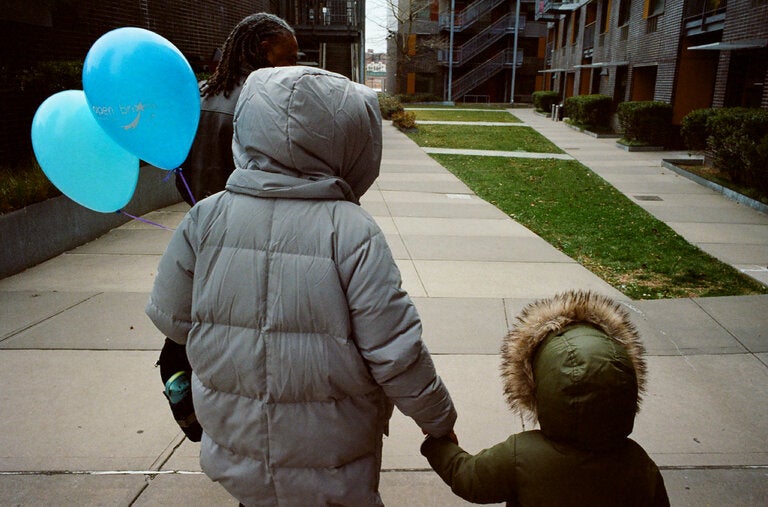
Can a Big Village Full of Tiny Homes Ease Homelessness in Austin?
One of the nation’s largest experiments in affordable housing to address chronic homelessness is taking shape outside the city limits.
By Lucy Tompkins and
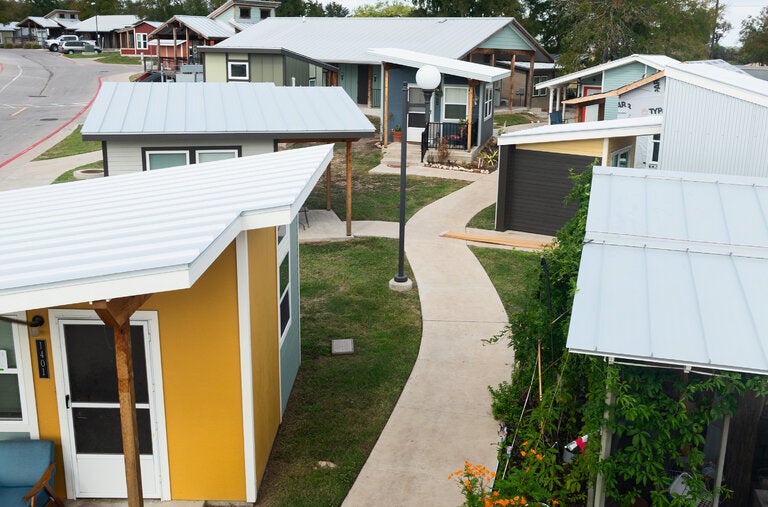
Educators: How Are You Planning to Teach the 2024 Presidential Election?
The New York Times’s Headway team and Chalkbeat want to hear from you.
By

High Schoolers: Are You Paying Attention to the Presidential Election?
The New York Times’s Headway team and Chalkbeat want to hear from you.
By

Advertisement
Dear People of 2021: What Can We Learn From Hindsight?
For the first series from the Headway initiative, we followed up on forecasts from decades past to ask what the passage of time has revealed.
By
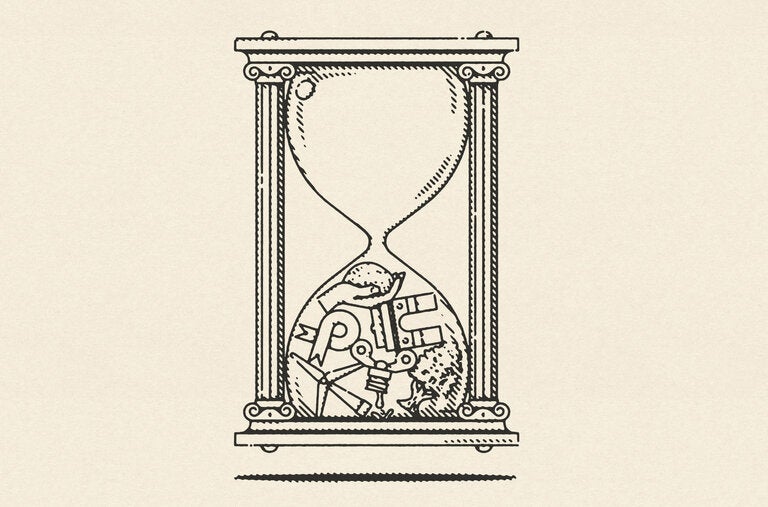
Millions More People Got Access to Water. Can They Drink It?
The U.N. pledged to halve the proportion of the world without access to clean drinking water by 2015.
By

What Can One Life Tell Us About the Battle Against H.I.V.?
In 2001, U.N. estimates suggested 150 million people would be infected with H.I.V. by 2021. That preceded an ambitious global campaign to curb the virus. How well did it work?
By

Europe Met a Climate Target. But Is It Burning Less Carbon?
The European Union promised to reduce its emissions 20 percent by 2020. Did it happen?
By

Extreme Poverty Has Been Sharply Cut. What Has Changed?
The U.N. pledged to cut by half the proportion of people living in the worst conditions around the world.
By

Can a Big Village Full of Tiny Homes Ease Homelessness in Austin?
One of the nation’s largest experiments in affordable housing to address chronic homelessness is taking shape outside the city limits.
By Lucy Tompkins and

How Houston Moved 25,000 People From the Streets Into Homes of Their Own
The nation’s fourth-largest city hasn’t solved homelessness, but its remarkable progress can suggest a way forward.
By Michael Kimmelman, Lucy Tompkins and

This Is Public Housing. Just Don’t Call It That.
Montgomery County, Md., like many places, has an affordable housing crisis. So it started acting like a benevolent real estate investor.
By
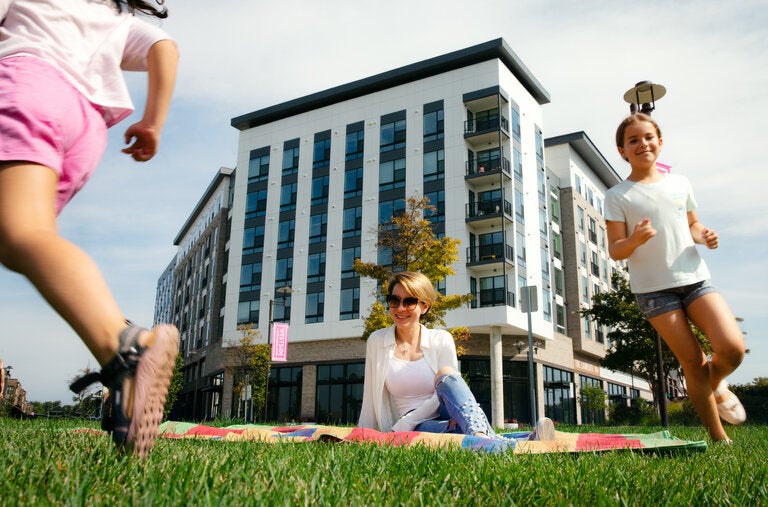
The Long Emergency of Homelessness
If we understood the loss of housing as a collective challenge engulfing our communities, how would it guide our response?
By

30 People Tell Us What Homelessness Is Really Like
Packing groceries, bathing in fountains, finding comfort in an orange blanket. Explore people's stories and their answers to common questions.
Interviews by Susan Shain and

Advertisement
How the Memphis Sanitation Workers’ Strike Changed the Labor Movement
The 1968 action led to greater economic mobility for Black workers. Today, union activists are trying to capture some of that spirit.
By

Three Days That Changed the Thinking About Black Women’s Health
Forty years ago, Black women convened to discuss how race affected their health. They helped reimagine what medical care could look like.
By
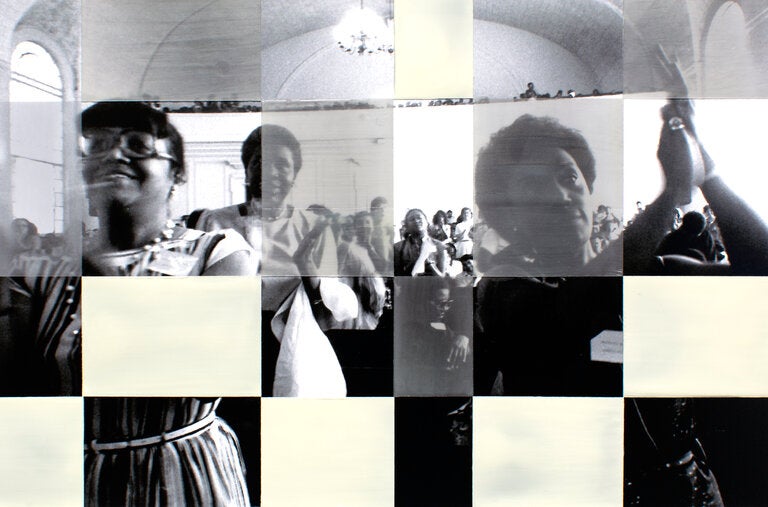
Sentenced to Life as Boys, They Made Their Case for Release
At age 17, Donnell Drinks was one of many young men in Philadelphia who went to prison for life without parole. Today, the city has resentenced more of those prisoners than any other jurisdiction.
By Issie Lapowsky and
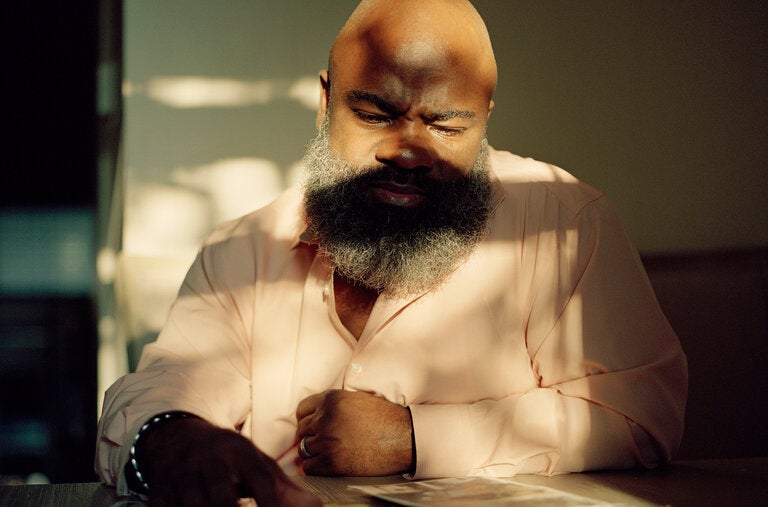
How Greenwood Grew a Thriving Black Economy
W.E.B. Du Bois saw the key to Black prosperity in places like Tulsa, where Black residents patronized Black stores. Even today it serves as a model.
By
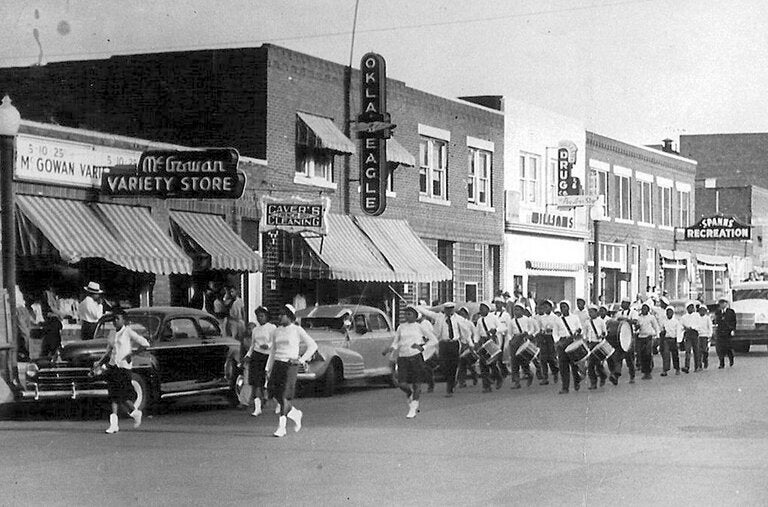
The Elusive Quest for Black Progress
Many measures of Black achievement in the U.S. have stalled or reversed. A series from Headway looks back at historical gains for their lessons today.
By

Remaking the River That Remade L.A.
Over the past century it has been channeled, subdued, blighted. Is it time for the Los Angeles River to serve the city in a new way?
By

After years of destructive weather that have disrupted Puerto Rico’s food supplies, new visions of local agriculture are taking root.
By
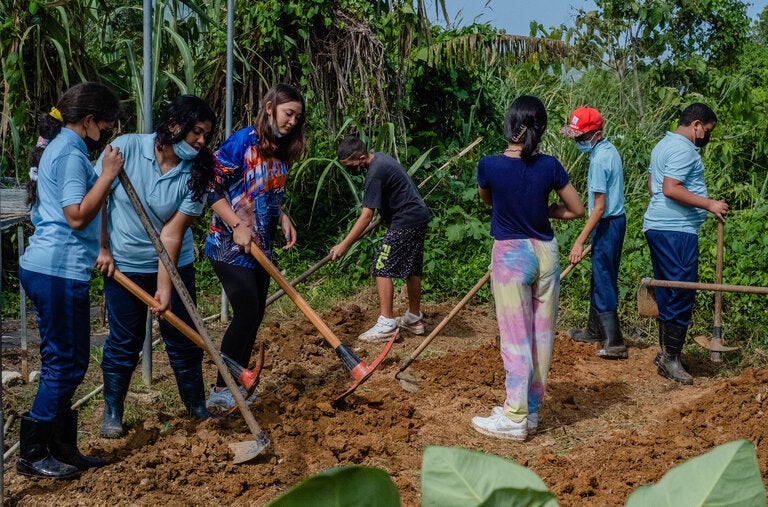
Architects Plan a City for the Future in Ukraine, While Bombs Still Fall
Irpin was one of the first Ukrainian cities to be destroyed and liberated. Now it’s becoming a laboratory for rebuilding.
By

In an Age of Constant Disaster, What Does It Mean to Rebuild?
Each catastrophe is a test of what kind of society we’ve built. And each recovery offers a chance, however fleeting, to build another.
By

Can a National Museum Rebuild Its Collection Without Colonialism?
After a fire destroyed thousands of Indigenous artifacts, the curators of this Brazilian museum are adopting a radical new approach.
By Mariana Lenharo and
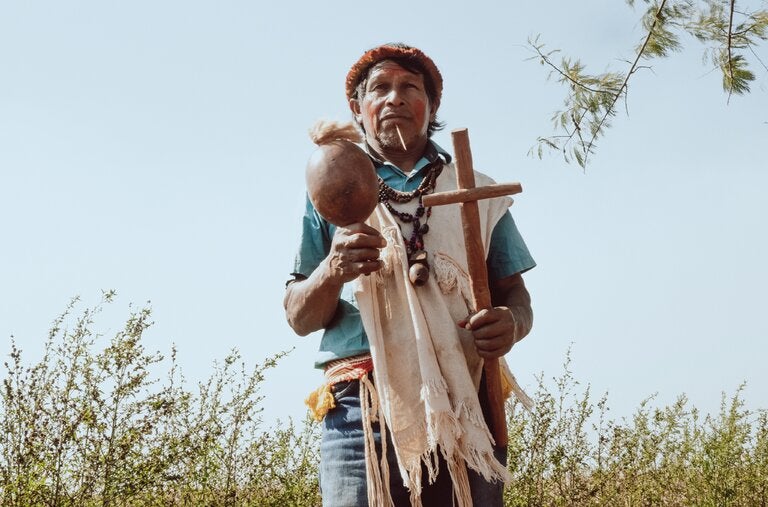
Advertisement
What We Learned From Bogotá’s Buses
Transformative projects don’t conform to election cycles. They’re not the work of any single person.
By

Three Days That Changed the Thinking About Black Women’s Health
Four decades ago, 2,000 Black women converged on Spelman College for a conference on health.
By

A Climate Change Success Story? Look at Hoboken
This flood-prone city on the Hudson River balances climate infrastructure with resident needs.
By
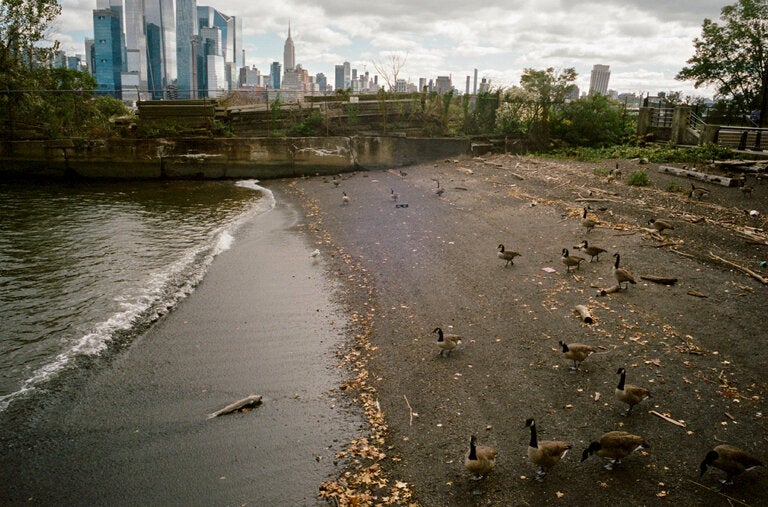
The Lessons of the Crime Wave That Didn’t Happen
Fears of violence in the 1980s and ’90s resulted in life sentences for minors that are now being reversed.
By

How Teens Approach the U.S. Election
No offense, but if you’re reading this, chances are you’re not a teenager
By Kristen Bayrakdarian and

We asked for questions about the amazing carbon-storage capabilities of peatlands, and how these ecosystems keep the planet breathing. Readers sent us more than a thousand. Here are some answers.
Besides mosquitoes, what lives in a peatland?
We asked for questions about the amazing carbon-storage capabilities of peatlands, and how these ecosystems keep the planet breathing. Readers sent us more than a thousand. Here are some answers.

How do peatlands capture carbon, and why is it so important to the planet?
We asked for questions about the amazing carbon-storage capabilities of peatlands, and how these ecosystems keep the planet breathing. Readers sent us more than a thousand. Here are some answers.

Why can’t we create, build or plant new peatlands?
We asked for questions about the amazing carbon-storage capabilities of peatlands, and how these ecosystems keep the planet breathing. Readers sent us more than a thousand. Here are some answers.

How do we preserve or restore peatlands?
We asked for questions about the amazing carbon-storage capabilities of peatlands, and how these ecosystems keep the planet breathing. Readers sent us more than a thousand. Here are some answers.
Advertisement
Headway wants to hear from people affected by gun violence and those working to end it.
By Kristen Bayrakdarian

Some homeless shelters now offer resources so that people can squeeze in with family members. It’s an acknowledgment that entering the shelter system can lead to a downward spiral.
By Aidan Gardiner

Progress’s challenge: Our problems shape-shift in response to our solutions, which then become problems themselves.
By Matthew Thompson

La capital de Colombia se convirtió en referente mundial en innovación y tráfico masivo barato. Su experiencia muestra lo que se requiere para sostener el avance.
Por Michael Kimmelman

A cheaper, faster and more equitable approach to transit could be a path to progress in the U.S.
By Eden Weingart

Bogotá led the world with innovation in inexpensive mass transit. Its experience shows what it takes to keep progress going.
By Michael Kimmelman

This flood-prone city on the Hudson River has bundled water-absorbing infrastructure into benefits residents asked for, like parks and safer streets.
By Michael Kimmelman

Many plastics that carry the “chasing arrows” symbol, like soda cups and yogurt tubs, are rarely recycled. A new California law is raising the bar.
By Susan Shain

A lockdown-era program that gets landlords talking to tenants has had notable success for both. Can it continue?
By Aidan Gardiner

The project brought together readers, scientists and researchers who shared what they learned to help others.
By The New York Times
Advertisement
Advertisement